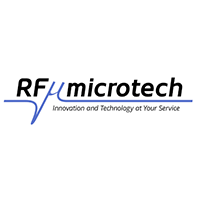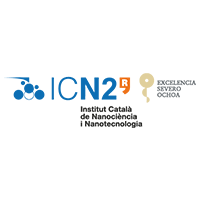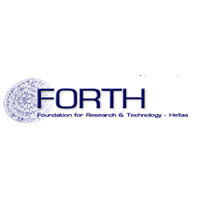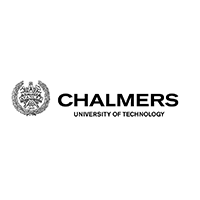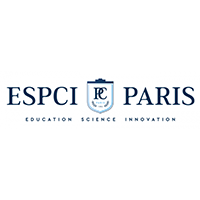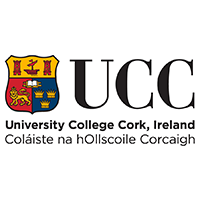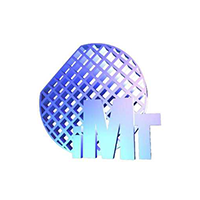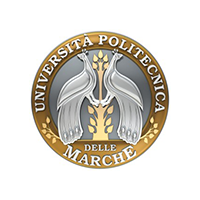The achievement of the proposed objectives can only be fulfilled through a well-coordinated effort. This undertaking involves tasks including system architecture, design and simulation of devices, material growth and characterization and fabrication of devices, test activities, system integration and, ultimately, technology transfer of the results achieved.
The Work Plan methodology is based on a top-down philosophy that employs efficiently both the broad expertise of the partners as well as their long-standing collaborative links. The goal is to devise novel technological “vehicles” in order to develop a new type of micro/nanosystems based on carbon nanotubes.
The organizational structure is shown in Figure below
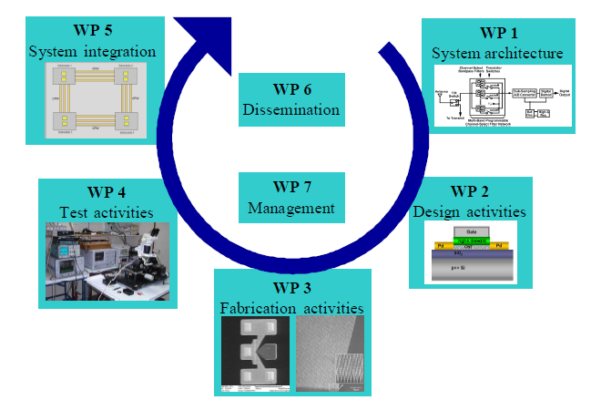
There are five interrelated work packages focussing on different aspects of the overall problem: specifications, design and simulation, fabrication, measurements and demonstration which are handled in work packages 1, 2, 3, 4, and 5 respectively. We combine experimental (WP3, 4, and 5) and modelling (WP2) skills to optimally tackle the problem: simulations and experiments are essential to narrow a rather large window of parameters from the chemistry, physics, and engineering perspective.
WP1 (System and application specifications) will initially review the potential applications for the NANOSMART nano T/R modules for subsystems in wireless communications and radar applications. Concrete specification values will also be identified in order to properly design the components in the following work-packages.
WP2 (Design and simulation activities) will be focused on the design and simulation of all components. The duration of this workpackage relates to the fact that initial design and final modelling and simulation activities are done here.
WP3 (Fabrication activities) will be devoted to the fabrication activities up until the component level. All material development and component fabrication following the designs coming from the previous work package will be realised within this work package.Different technological approaches that will enable the system integration will also be addressed here.
WP4 (Test and measurement activities) In this WP, we will test the material and devices fabricated in the previous WP. There is a direct analogy of Tasks in the fabrication activities (WP3) to this workpackage organisation to follow the workflow.
WP5 (System integration and tests) will focus on the integration of components to modules and then to the final assembled demonstrators. This work-package incorporates design, fabrication and characterization activities at the system and subsystem level. The goal of this workpackage is to fabricate and test the Tx/Rx systems based on the combination of the developed technologies.
WP6 (Dissemination and exploitation) is devoted to dissemination of the results achieved towards scientific community as well as industry in the field of nanosystems. Identifiable means: website, workshops, e-newsletter, promotion via refereed journals and international conferences.
WP7 (Project management) is the final workpackage and is devoted to management activities

